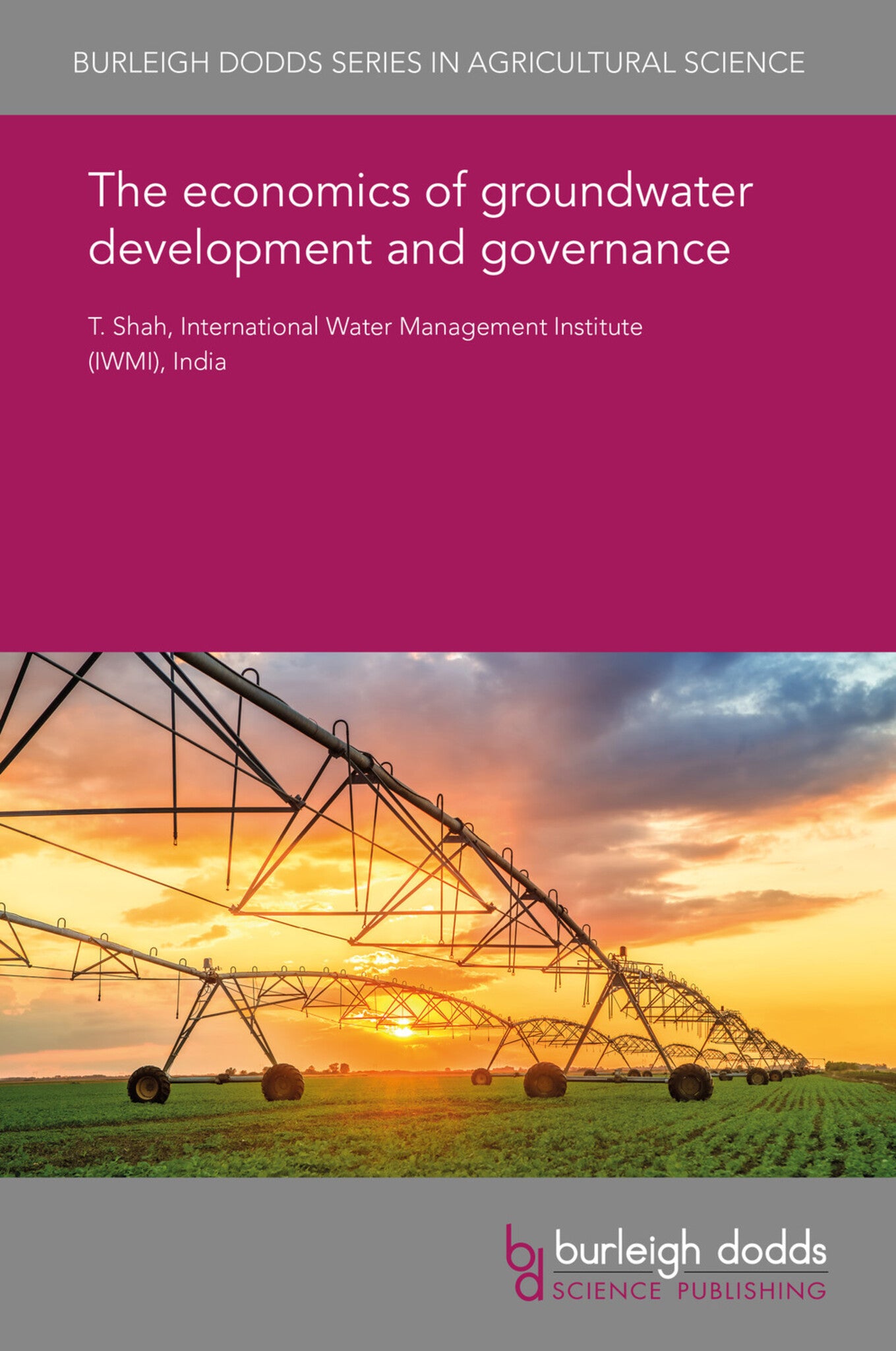We're sorry. An error has occurred
Please cancel or retry.
The economics of groundwater development and governance
Regular price
£25.00
Sale price
£25.00
Regular price
£0.00
Unit price
/
per
Sale
Sold out
Re-stocking soon
The last century has seen a dramatic increase in the demand for groundwater, first as a source of drinking water, and more recently for agricultural use in arid and semi-arid regions. This sudden s...
Read More

Some error occured while loading the Quick View. Please close the Quick View and try reloading the page.
Couldn't load pickup availability
- Format:
-
06 July 2018

The last century has seen a dramatic increase in the demand for groundwater, first as a source of drinking water, and more recently for agricultural use in arid and semi-arid regions. This sudden surge in demand can be explained by several attractive properties of this resource: it is free, available on demand, suitable for precision irrigation and typically outlasts surface water stocks in times of drought. However, unregulated overdevelopment of this resource poses a threat to its sustainability. This chapter presents a number of different approaches to groundwater governance: the idea of a public monopoly, direct governance, a contingency approach and the possibility of collective action. Socioeconomic theory is used to evaluate the appropriateness of these approaches in different contexts. It is concluded that there is no universal method of governing groundwater economies; the appropriate approach will depend on both the nature of the society and the nature of the aquifer.

Price: £25.00
Publisher: Burleigh Dodds Science Publishing
Imprint: Burleigh Dodds Science Publishing
Series: Burleigh Dodds Series in Agricultural Science
Publication Date:
06 July 2018
ISBN: 9781838796273
Format: eBook
BISACs:
TECHNOLOGY & ENGINEERING / Agriculture / Sustainable Agriculture, Sustainable agriculture, TECHNOLOGY & ENGINEERING / Agriculture / Irrigation, TECHNOLOGY & ENGINEERING / Agriculture / Agronomy / Soil Science, Irrigation and water management, Agronomy and crop production

- 1 Introduction
- 2 Textbook economics of aquifer development
- 3 Alternative approaches to groundwater governance
- 4 The possibility of collective action
- 5 Conclusion
- 6 Future trends
- 7 References



